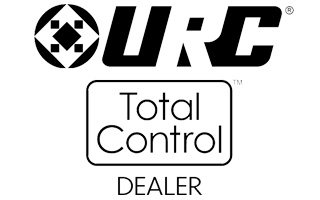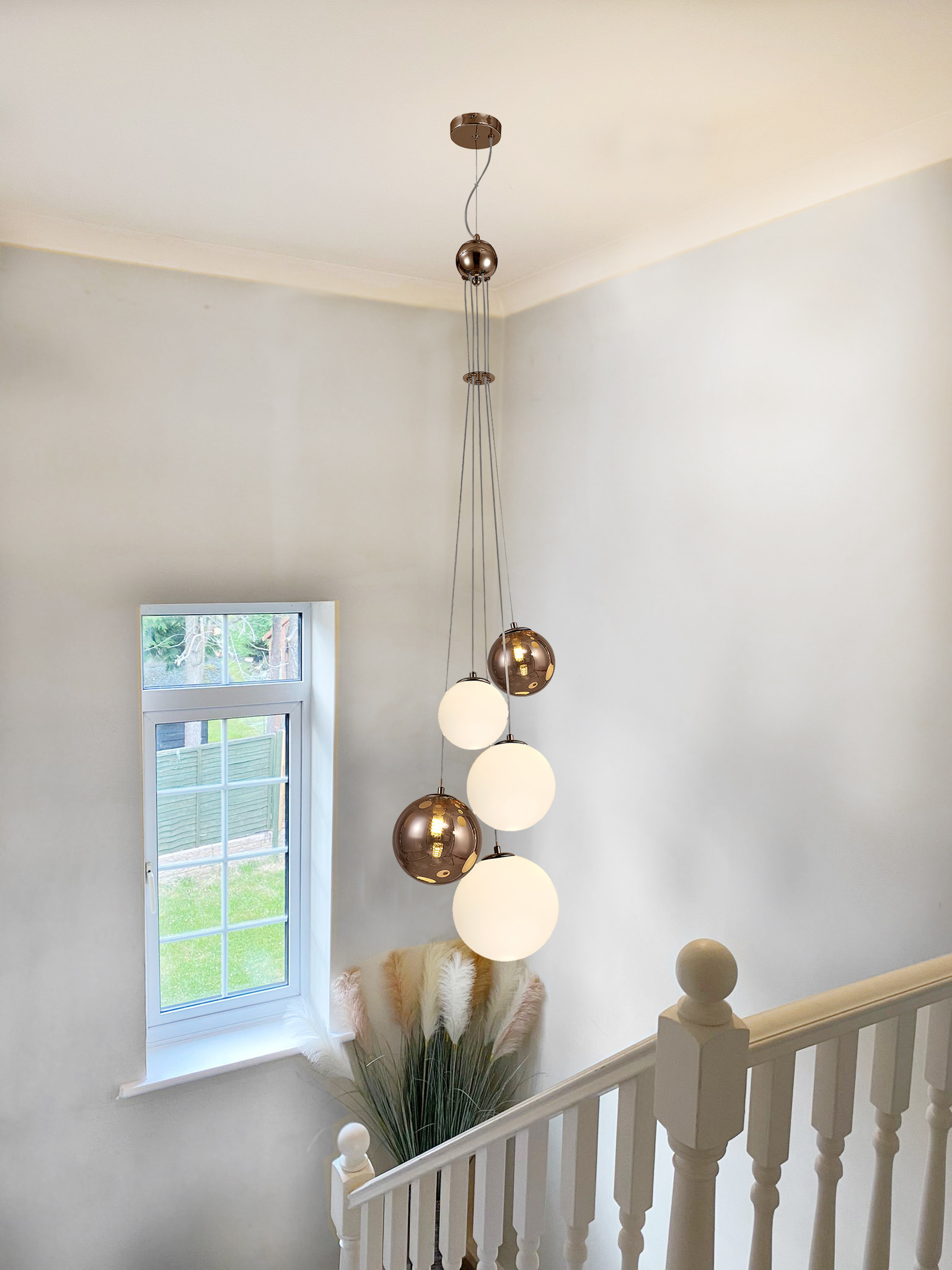FAQ
frequently asked questions
Our FAQs section is the best place to start. Here you will find answers to all the popular questions related to lighting, such as what type of fittings are available, what light bulbs are best for your needs, and tips on choosing the right size and shape.
Lighting design is the art and technique of using light to enhance the aesthetic atmosphere of a space. It is often used in the context of theatre and film production, as well as architectural and interior design. It is a complex craft that requires the designer to carefully consider the space itself and the use of light to create a desired atmosphere or effect. The designer must consider both the practical needs of visibility and safety as well as the artistic elements of colour and shadow in order to create the most effective design. Lighting design can be approached from both a technical and aesthetic perspective, as the two are inextricably intertwined.
The amount of light needed depends on the size and purpose of the room. Generally, spaces used for work or reading will require more light than spaces used for relaxation. It's also important to consider the type of bulb used, as well as its wattage, while taking into account the size of the room.
For example, a living room or bedroom may need between 200-500 lumens, while a kitchen or office space may need as high as 800-1,400 lumens.
Speak to one of our experts who can help you find the perfect balance.
When it comes to lighting, LED bulbs and halogen bulbs are two popular options. While both provide bright lighting, there are distinct differences between them.
LED bulbs are a more energy-efficient option compared to halogen bulbs. They last longer and use up to 80% less energy, making them more cost-effective in the long-run. LED bulbs also produce less heat, making them a safer alternative.
Halogen bulbs are a more traditional lighting option, and they are known for producing a warmer, more yellow-toned light. They are also generally brighter than LED bulbs. However, halogen bulbs don't last as long and they use more energy than LED bulbs.
Overall, LED bulbs are a better option than halogen bulbs because they are more energy-efficient, cost-effective, and safer.
Studies have shown that certain types of lighting can have an effect on mood. The type of lighting, intensity, color and other aspects all play a role in affecting how people perceive and react to their environment. Natural light has been found to be particularly beneficial, providing a calming and positive atmosphere. Artificial light, on the other hand, can cause eye strain and headaches, leading to a more negative mood. Other types of artificial light, such as full-spectrum lighting, can provide more balanced light that helps to improve mood and productivity. Additionally, different colors of light can create different emotions, with blue light being associated with feeling uplifted and energized, while warmer tones can be more calming. Ultimately, lighting is a powerful tool for setting a mood in any environment and should be considered when designing a space for maximum effect.
Choosing the right light bulb for your space can be a bit tricky. The color temperature of a light bulb is measured in Kelvins (K) and ranges from warm white (2700-3000K) to daylight (5000-6500K). Warm white is best for bedrooms, living rooms and dining rooms since it creates a cozy atmosphere. Daylight is best for areas where you need more light, such as a kitchen, desk or office. Make sure to check the lumens rating of the bulb you choose, as this will determine how bright the light will be.
Calculating how many downlights you need to illuminate a room can be tricky, but there is a general rule of thumb that can help. To install enough spotlights to light up a room without it feeling overwhelming, divide the ceiling height by 2, measure out the distance between each spotlight, and use enough spotlights to add up to the total lumens required. Additionally, a good rule of thumb for spacing your downlights is to take the height of your ceiling and divide by 2. For example, if your ceiling is 8 feet, then your downlights should be 4 feet apart. If you need more specific information, you can find out how many LED downlights you need per room to provide the optimum light output by contacting us and one of our friendly team can assist you
Planning lighting for your home is an extremely important part of creating the perfect aesthetic for your space. Depending on the type of lighting you want, you should start planning ahead of time to ensure you get the correct fixtures and to make sure the installation goes smoothly. For example, if you want to install recessed lighting, you'll need to take into account the size of the space, the type of ceiling you have, and other factors. You should also consider the type of bulbs you want to use, as this will affect the overall brightness. Finally, you should decide on a lighting plan that will work with your furniture and decor. Planning ahead of time will help you get the perfect lighting for your home.
Hiring a lighting designer for your home is a great way to create a warm and inviting look and feel to your living space. With a professional lighting designer, you can make sure that your home is illuminated with the perfect balance of light and dark. From accent lighting to task lighting, a lighting designer can help you create a unique and stylish environment.
The benefits of hiring a lighting designer are numerous. Aside from providing a beautiful aesthetic, a lighting designer can help you save money on your energy bills by choosing efficient lighting fixtures. They can also help you bring out the best features of your home, such as highlighting artwork or emphasizing architectural details.
When considering whether or not you should hire a lighting designer, it’s important to think about how much you are looking to invest in the project. You may be able to find a designer who can work within your budget. It’s also important to remember that a lighting designer is an expert, so they will likely know what kinds of fixtures and designs will be most effective for your home.
In conclusion, hiring a lighting designer is a great way to create a unique look and feel in your home. With their knowledge and expertise, they can help you save money and make the most of the space. Consider hiring a lighting designer if you’re looking to create a beautiful and inviting atmosphere.
Improving energy efficiency in your commercial space is crucial for cost savings and sustainability. Harrow Lighting recommends using LED lighting, which consumes significantly less energy than traditional lighting options. Their expert team can design a customised lighting plan that maximizes efficiency without compromising on illumination quality.
Outdoor spaces in residential properties benefit from durable and weather-resistant lighting fixtures. Harrow Lighting suggests options such as LED floodlights and wall-mounted fixtures that provide ample illumination while withstanding various environmental conditions. These are rated as IP44 +
Absolutely! Harrow Lighting offers cutting-edge lighting control systems that provide effortless control over the lighting in your commercial establishment. From dimming capabilities to automated scheduling, these systems enhance convenience and optimise energy usage.
Designing an eye-catching lighting scheme for your retail store can significantly impact customer experience and sales. Harrow Lighting's expert designers can strategically use accent lighting, track lighting, and well-placed spotlights to highlight merchandise and create an inviting shopping atmosphere.
Yes, definitely! Harrow Lighting specialises in energy-efficient solutions for large commercial spaces like warehouses. LED high bay lights are an ideal choice, offering powerful illumination while drastically reducing energy consumption and maintenance costs.
Certainly! Harrow Lighting provides professional lighting installation services to ensure that your residential lighting setup is seamless and safe. They also offer regular maintenance packages to keep your lighting fixtures in top-notch condition and prolong their lifespan.
Smart lighting adds convenience and flexibility to your home. Harrow Lighting offers a range of smart lighting solutions that can be controlled through mobile apps or voice assistants. From dimming and colour-changing to automation, you'll have full control over your lighting environment.
Absolutely! Harrow Lighting takes pride in providing tailor-made lighting solutions to suit the unique requirements of your commercial space. Their experienced designers will work closely with you to understand your vision and deliver a lighting design that surpasses your expectations.
Absolutely! Thoughtful lighting design for your home's exterior can highlight architectural features, illuminate pathways, and create a welcoming ambiance, significantly boosting its curb appeal and overall value.
Yes, indeed! Outdoor entertainment areas can benefit from various lighting options such as string lights, lanterns, and outdoor wall sconces, creating a delightful atmosphere for gatherings and parties.
For showcasing artwork and collectibles, consider using adjustable spotlights or track lighting with adjustable heads. These fixtures allow you to direct light precisely, accentuating the beauty of your cherished pieces.
Definitely! Proper lighting in a home office can impact your mood and productivity. Harrow Lighting recommends using task lighting on your desk and ambient lighting to create a comfortable and conducive work environment.
Yes, it is! Harrow Lighting offers lighting control systems that can seamlessly integrate with popular home automation platforms. You can control your lighting using mobile apps or voice commands, making your lighting setup more convenient and energy-efficient.
Dimmable lighting fixtures offer flexibility and energy savings. You can adjust the brightness levels based on your needs, create different moods, and reduce energy consumption when full brightness is unnecessary.
Absolutely! Energy-efficient lighting, like LED bulbs and fixtures, consumes significantly less energy than traditional lighting options, leading to substantial cost savings on your electricity bills in the long run.
Accent lighting can highlight specific features, artworks, or merchandise in your commercial space, creating a visually captivating environment that draws attention to focal points and enhances the overall aesthetic appeal.
Yes, indeed! Harrow Lighting offers a range of vintage and antique-inspired lighting fixtures that complement the charm and character of historic or period-style homes, adding an authentic touch to your interiors.
Certainly! Harrow Lighting has extensive experience in handling large-scale commercial projects. Their expert team can collaborate with architects and interior designers to create comprehensive lighting plans that align perfectly with the project's requirements and vision.











